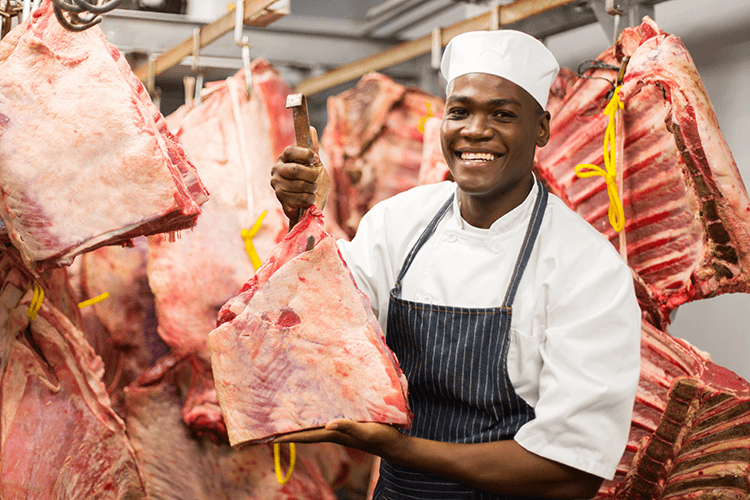It works by rapidly distributing freezing cold air throughout a commercial blast freezing unit, eventually cooling produce to safe and legal temperature. It’s easy to flash freeze your produce and there are many benefits to doing so. This guide uncovers some of the reasons to switch to flash freezing and how you can do it.
Why do I need a blast freezer to flash freeze?
Flash freezing must be carried out by specialist commercial freezing equipment if it is to be done properly. Blast freezers are specifically design for rapid cooling and can reach temperatures as low as -40 degree Celsius. Unlike conventional domestic freezing units, blast freezers use high velocity air to bring fresh and cooked produce down to the legally required temperature of -18 degree Celsius or lower extremely quickly.
Whilst domestic freezing is perfectly acceptable for small quantity freezing at home, commercial blast freezers allow those in the fishing, cantering and general hospitality industries to bulk freeze tonnes of produce in sometimes less than 48 hours. This fast freezing reduces the risk of bacterial contamination that comes with domestic style freezing and allows businesses to increase the amount of produce they can store safely.

Protecting food quality
When food is frozen slowly, large ice crystals form on the surface and this can have a negative effect on the quality of your produce. This can include an unusual or unattractive texture, loss of vital nutrients that could be locked in and a noticeable effect on the taste and smell of food. Whilst ice crystals are not necessary linked to bacterial contamination, substandard produce quality can seriously impact an organisations profit and image.
Flash freezing combats this problem because a faster freeze results in smaller ice crystals. In turn, this drastically improves the overall quality of food without any extra effort on a company’s part.

Storing food in a blast freezer
Whilst flash freezing can do a great deal for the quality and hygiene standards of food, companies must do what they can to ensure their commercial freezing unit works at its full capacity. Below are a few things you can do to ensure optimum flash freezing.
1.
Don’t overstock your unit
All units comes with a maximum capacity and stocking above this can result in temperature rises. This can lead to faster bacterial growth in produce, as well as shortening the life of your unit.
2.
Monitor your unit’s temperature
Many units have digital temperature monitoring but it’s important to carry out manual checks regularly as well. Any fluctuations in temperature need to be dealt with immediately to minimise the risk of food spoilage.
3.
Ensure your unit is unobstructed
Your blast freezer should have all the space it needs to circulate air effectively. Placing large objects near the unit’s fan area can stop it from distributing air effectively, eventually raising the temperature and causing unit damage.
For more information about flash freezing and how a blast freezer might benefit your business, get in touch with CRS today on 0818 929824.













